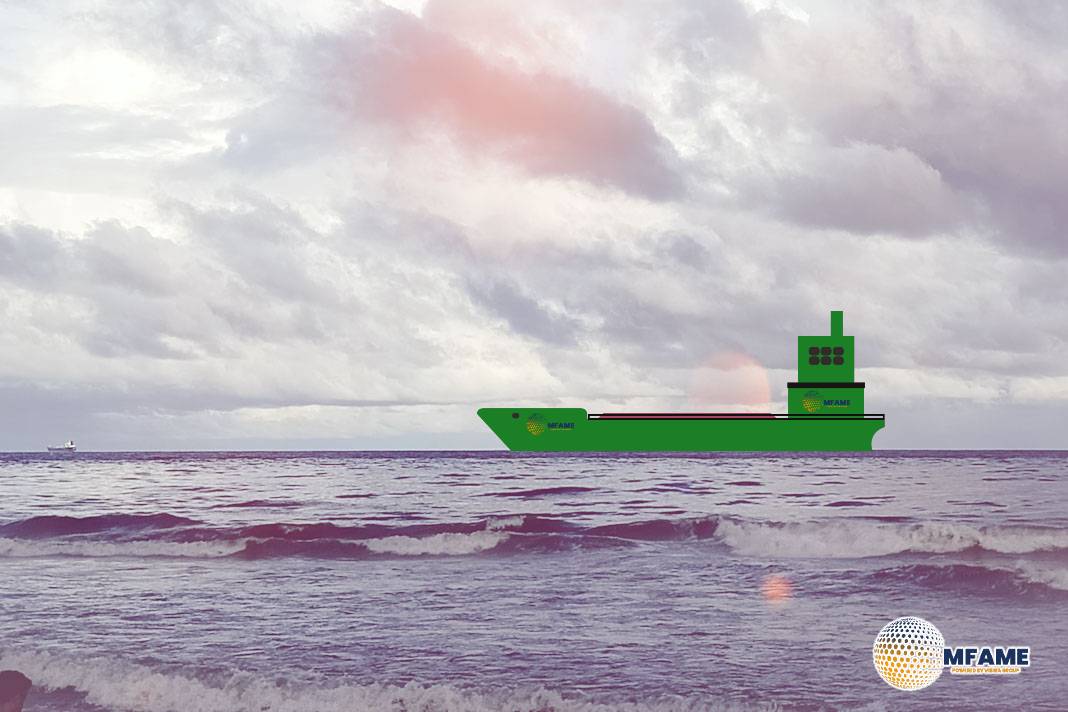BSU reports of a health hazard to a dock worker due to electric shock when connecting a refrigerated container on board a container ship.
What happened?
A dock worker wanted to connect a refrigerated container stowed on deck to the ship’s power supply. For this purpose, he went to the nearest terminal/switch box, located below the hatch coaming with the plug of the power cable that was mounted on the container as usual. When the dock worker was about to insert the plug of the cable into the socket, there was a sudden flash of light. He felt a slight electric shock.
However, he was able to leave the scene under his own power and report what had happened to his foreman. Shortly afterwards, the crew of an ambulance arrived at the scene and examined the dock worker, who was outwardly uninjured but in shock. As a precautionary measure, he was taken to the hospital for observation. However, he was able to leave the hospital later on. Apart from the temporary state of shock, the incident had not adverse health effects.
Why did it happen?
- The rubber seal of the switch box housing, which was firmly closed with a screwed cover, was damaged and therefore insufficiently preventing the ingress of moisture.
- This could lead to the formation of a so-called creepage distance formation in the housing, which could trigger a fault current.
- The PE conductor (earthing connection) was severely impaired in its functionality due to corrosion and/or loose contact.
- The fault current caused by the creepage distance was therefore not (exclusively) discharged directly via the PE conductor in the direction of the ship’s hull. Instead, the fault current flowed at least partially through the body of the dock worker during contact with the switch box housing, who suffered an electric shock as a result.
What can we learn?
Random checks on board the ship revealed that other terminal/switch boxes had similar defects. In the course of the investigation, the BSU received knowledge of further incidents resulting in health hazards of dock workers connecting refrigerated containers on five different container ships of other shipping companies in the port of Hamburg. Fortunately, what all cases had in common was that the affected persons did not sustain serious injuries. It can therefore be assumed that dangerous incidents frequently occur in ports around the world in connection with the connection of reefer containers, but that these are not reported due to their mild outcome and are therefore not investigated in depth. This in turn is probably a decisive reason why the on-board inspection and maintenance of the relevant equipment, as well as its random inspection by classification societies and authorities, do not seem to have the importance they should have in relation to the serious dangers that can emanate from defective electrical equipment.
Recommendations
- Planning, implementation and documentation of regular inspections of the technical condition of all terminal/switch boxes for refrigerated containers by the relevant qualified technical personnel on board.
- Inclusion of the inspection routines in the ship’s maintenance system.
- Immediate decommissioning of defective terminal/switch boxes until they have been professionally repaired.
- Inspection of the terminal/switch boxes by a shore-based service company at fixed intervals.
- Greater consideration of the (random) inspection of the technical condition
of reefer container terminal/switch boxes when surveys are carried out by the classification societies and during Port State Controls.
Did you subscribe to our daily Newsletter?
It’s Free Click here to Subscribe!
Source: BSU

















